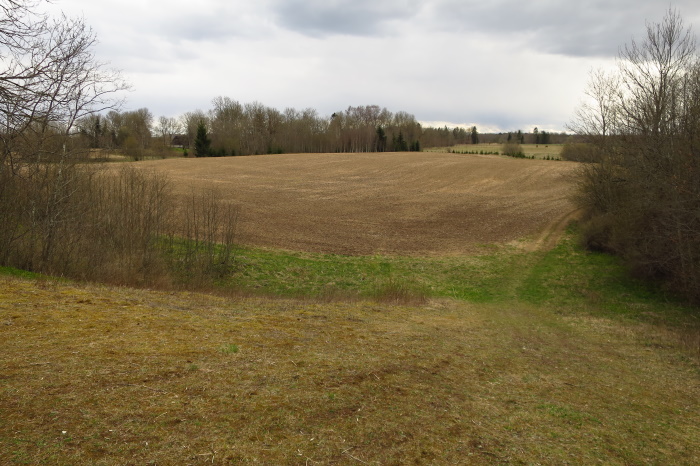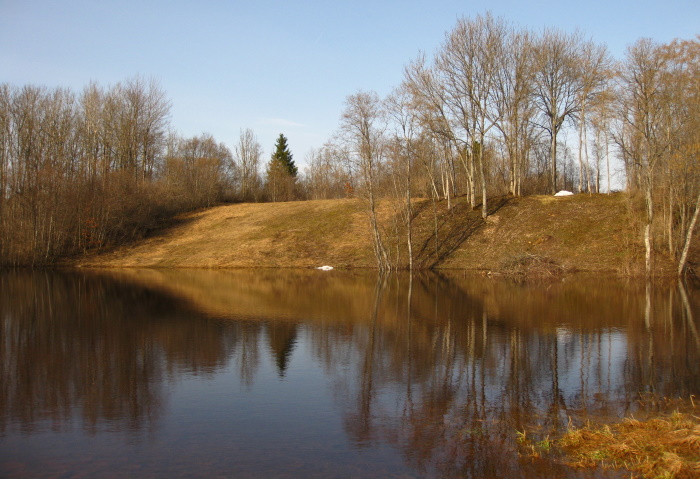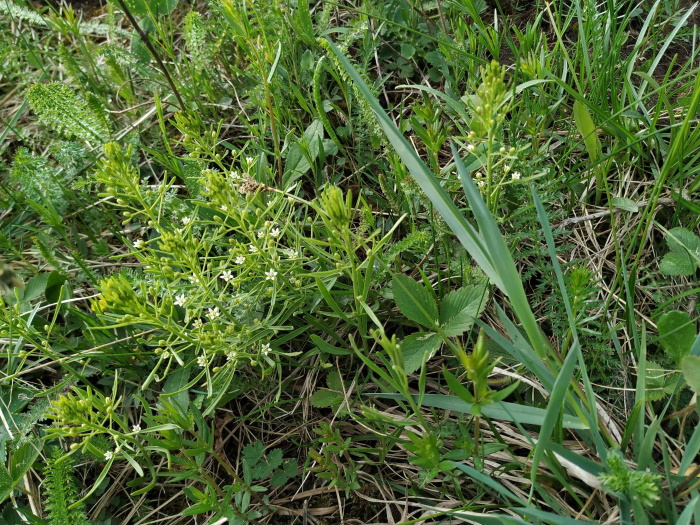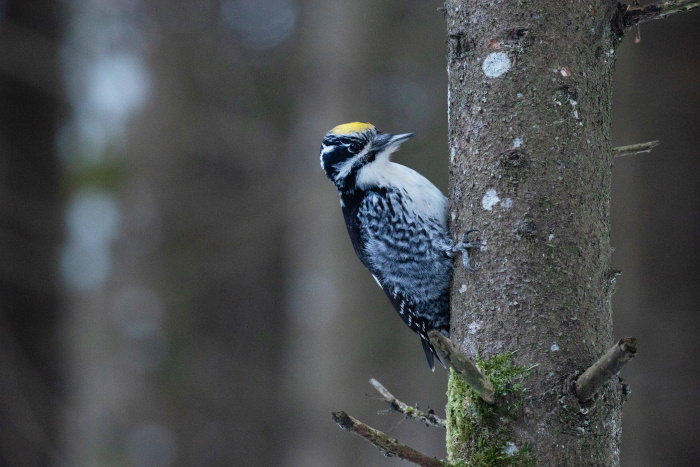Nature
Karst
Karst can form in areas where rocks dissolve due to flowing groundwater. Karst areas have a unique hydrological regime. During spring high water and after heavy rainfall, the lower parts of ground above karst areas fill with water, thus forming temporary bodies of water. In droughts, the thin layer of soil dries out up to the layer of limestone and the temporary bodies of water dry up. All common karst formations are present in the Tuhala (Kata) karst field – turloughs, sinkholes, swallow holes, limestone pavement, springs, caves and subsurface streams.
In the karst field flows the 26-km Tuhala River, of which 6 km flows underground in three distributaries. The source of the left tributary of the Pirita River is at the Tamsi springs in the Mahtra bog complex. The primary attraction of the protected area is undoubtedly the Witch’s Well, which is located by the Tuhala River in the yard of the Sulu farm. The limnocrene is 2.4 m deep. The wellhouse was probably built to protect drinking water in 1639 when the Tuhala school was founded. The farm was first mentioned in 1765. When the Tuhala River floods, up to 100 litres of water per second may flow over the wellhouse.

The same place as in the previous picture, but the seemingly flat area is flooded with water.

Spring fens, fens, meadows
Once spanning a large area, only a small part of the calcareous (due to the proximity of limestone to the surface) spring fens and fens have survived. These groundwater-fed biotic communities are especially sensitive to changes in the hydrological regime. Undamaged spring fens provide a habitat to the flecked marsh orchid, the fly orchid, the marsh helleborine, the lesser clubmoss, the short-spurred fragrant orchid and other species. In fens and wet meadows, one can find the Saussurea esthonica, a local endemism. Thesium ebracteatum, which is endangered by the encroachment of unwanted vegetation in meadows, grows in meadow communities.
Flood-meadows that are not yet overgrown provide a habitat to the great snipe, the corn crake and other birds living in flood-meadows.

Forests
Similarly to bog areas, the condition of forest communities, old-growth forests, old broad-leaved forests, grassy spruce forests, paludifying forests and bog and deciduous forests has primarily deteriorated due to changes in the hydrological regime, i.e. drainage, as well as logging. Places untouched by human activity provide a habitat to species sensitive to disturbance – the black stork, the lesser spotted eagle, the northern goshawk, various woodpeckers (the white-backed woodpecker, the black woodpecker, the Eurasian three-toed woodpecker, etc.) and owls (the boreal owl, the Ural owl). Of the orchids associated with forest habitats, the area is home to the red helleborine, the early coralroot, the bird’s-nest orchid, the common spotted orchid and the lesser butterfly-orchid. In the northwestern section of the protected area is an abundant growth area of the largest orchid in Estonia – the European yellow lady’s slipper.
